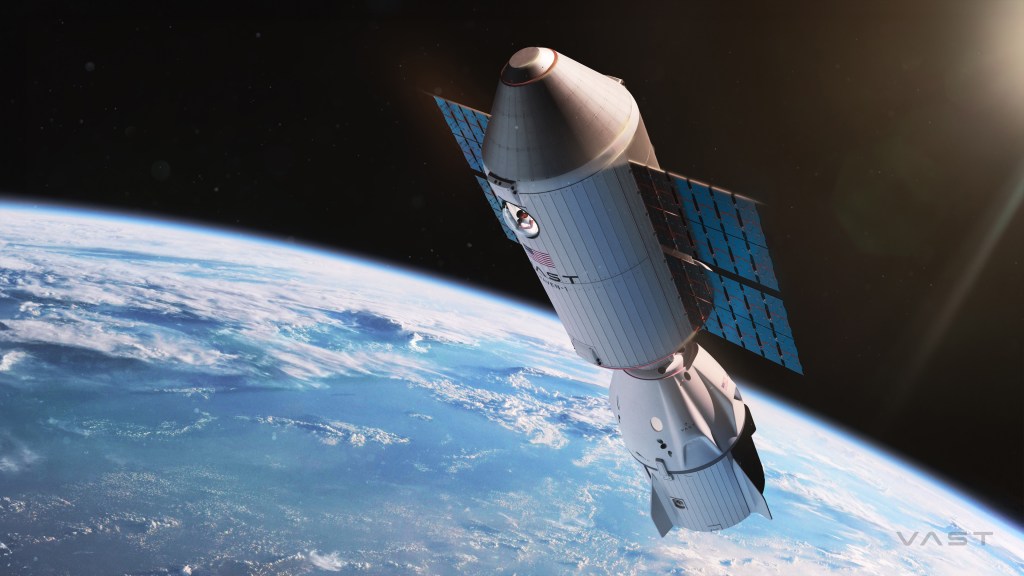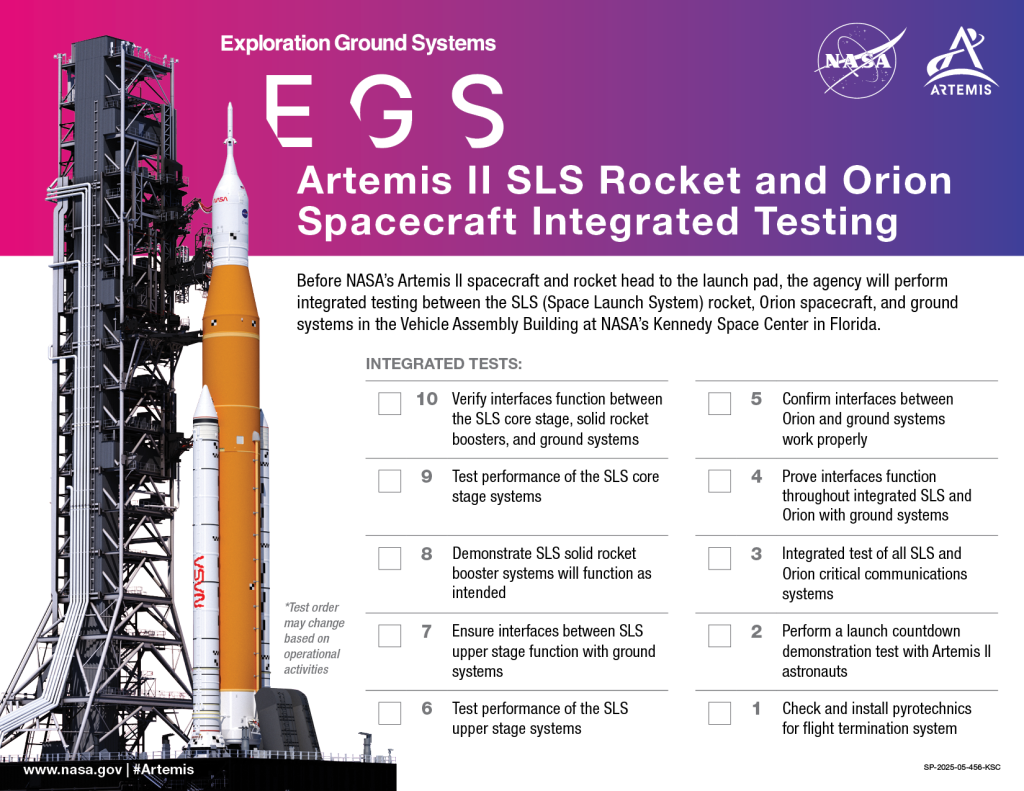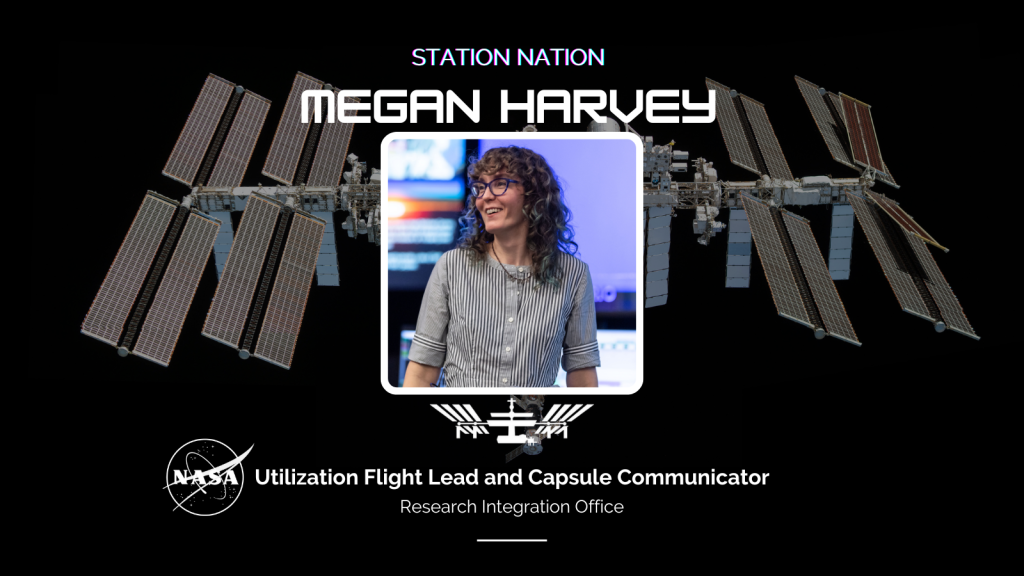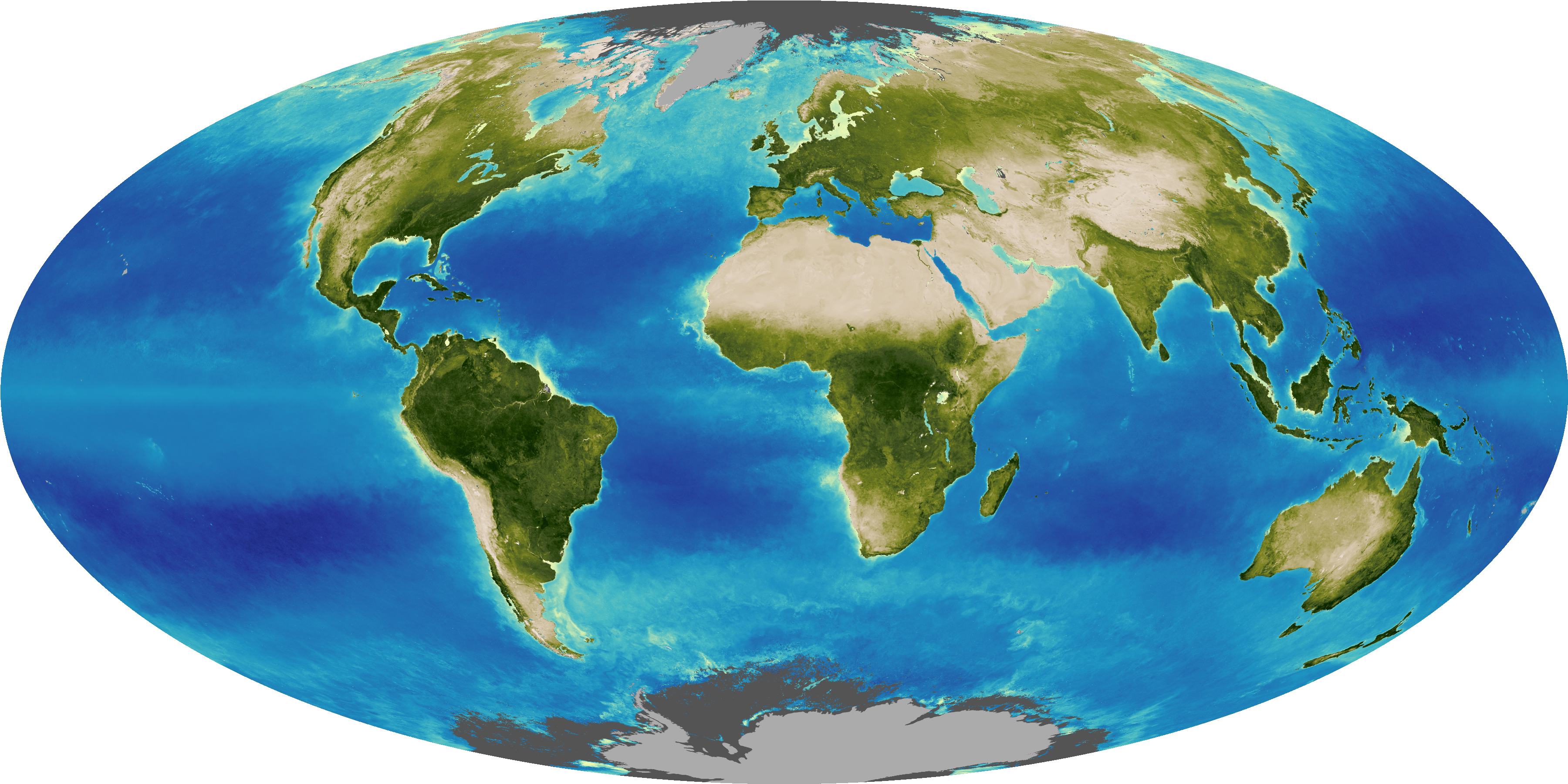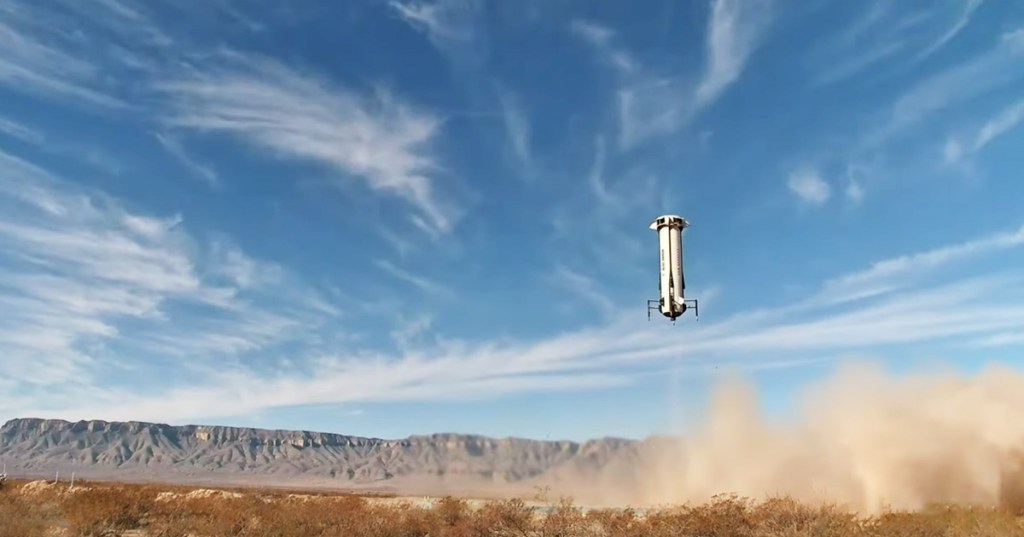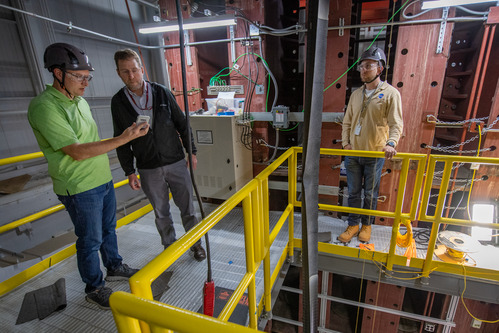Janus and Tethys
| PIA Number | PIA18353 |
|---|---|
| Language |
|
Janus and Tethys demonstrate the main difference between small moons and large ones. It's all about the moon's shape.
Moons like Tethys (660 miles or 1,062 kilometers across) are large enough that their own gravity is sufficient to overcome the material strength of the substances they are made of (mostly ice in the case of Tethys) and mold them into spherical shapes. But small moons like Janus (111 miles or 179 kilometers across) are not massive enough for their gravity to form them into a sphere. Janus and its like are left as irregularly shaped bodies.
Saturn's narrow F ring and the outer edge of its A ring slice across the scene.
This view looks toward the unilluminated side of the rings from about 0.23 degrees below the ring plane. The image was taken in visible green light with the Cassini spacecraft narrow-angle camera on Oct. 27, 2015.
The view was obtained at a distance of approximately 593,000 miles (955,000 kilometers) from Janus. Image scale at Janus is 3.7 miles (6 kilometers) per pixel. Tethys was at a distance of 810,000 miles (1.3 million kilometers) for an image scale of 5 miles (8 kilometers) per pixel.
The Cassini mission is a cooperative project of NASA, ESA (the European Space Agency) and the Italian Space Agency. The Jet Propulsion Laboratory, a division of the California Institute of Technology in Pasadena, manages the mission for NASA's Science Mission Directorate, Washington. The Cassini orbiter and its two onboard cameras were designed, developed and assembled at JPL. The imaging operations center is based at the Space Science Institute in Boulder, Colorado.
For more information about the Cassini-Huygens mission visit http://saturn.jpl.nasa.gov or http://www.nasa.gov/cassini . The Cassini imaging team homepage is at http://ciclops.org .
Credit: NASA/JPL-Caltech/Space Science Institute



